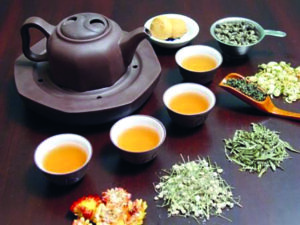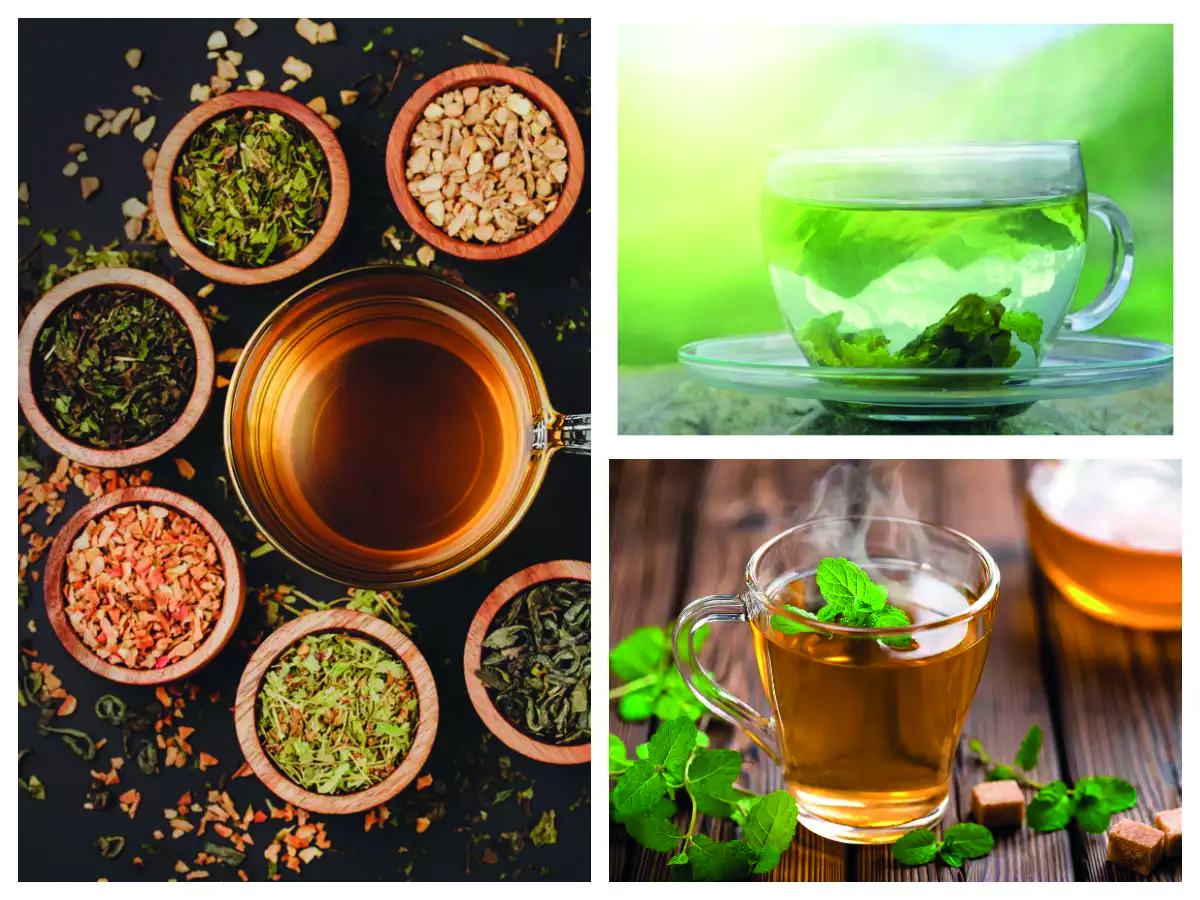By Delnaz Mehta
 Tea stands as the second most popular beverage worldwide, after water – the elixir of life, essential for survival. Cherished across all age groups and cultures, tea is more than a beverage, it’s an emotion that resonates deeply… a ritual and a comforting companion in daily life. Most of us begin our days with a cuppa ‘choi’ or Parsi style tea, often accompanied by the fresh scent of a crisp newspaper, or then scrolling through smartphones.
Tea stands as the second most popular beverage worldwide, after water – the elixir of life, essential for survival. Cherished across all age groups and cultures, tea is more than a beverage, it’s an emotion that resonates deeply… a ritual and a comforting companion in daily life. Most of us begin our days with a cuppa ‘choi’ or Parsi style tea, often accompanied by the fresh scent of a crisp newspaper, or then scrolling through smartphones.
But tea, being a versatile beverage, is enjoyed at any time of day. In Mumbai, tea, or chai, is synonymous with vada pav, creating a culinary experience that is both affordable and ubiquitous on every street corner in a chai tapri. This combination is particularly cherished during the monsoon season, where a cup of kadak chai with bhajiyas becomes the ultimate comfort food!
The Journey of Tea…
Tea is derived from the leaves of the Camellia sinensis plant, an evergreen shrub native to the East. The journey from plucking tea leaves to the final tea powder is extensive. The type of tea is determined by its degree of oxidation, before drying the leaves. Tea is cultivated in over 40 countries across Asia, Africa, and South America. The four largest producers – China, India, Kenya and Sri Lanka – account for 81% of the world’s tea production.
In India, tea or chai, is a household staple with each family has its unique recipe, sprucing up this beverage with traditional spices like nutmeg, black pepper, mint, ginger, cinnamon, cardamom, lemongrass, cloves, fennel seeds, etc., boosting the flavour as also offering numerous health benefits.
Global Tea Traditions
British High Tea – Tea traditions are deeply embedded in British culture. ‘High tea’ originated in coffee houses with high tables and chairs, where working-class men would unwind after work. This tradition evolved to include women and became a sophisticated social event. British afternoon tea, known for its strict etiquette, is served with various desserts like cakes and pastries, symbolizing the elegance of British society.
Chinese and Japanese Tea Ceremonies – Tea holds significant cultural importance in China and Japan. In China, tea has been integral to spirituality and tradition for centuries. Introduced by Buddhist monks, tea in Japan symbolizes hospitality. The Japanese tea ceremony, ‘chado’, involves the ceremonial preparation of matcha, emphasizing mindfulness, respect and social bonding.
Indian Tea Traditions – Indian tea is a cultural staple that varies from region to region. The unique kulhad chai, served in earthen cups, offers a natural rustic experience. In Assam, Kerela and Darjeeling, regions renowned for their tea gardens, tea culture includes elaborate ceremonies and tours of lush plantations. In Kashmir, kesar chai also known as Kashmiri Kahwa, is made with green tea and saffron. It is rich in almonds and spices like cardamom and cinnamon which is a warming drink, perfect for the winter. Us Parsis love our ‘choi’ and our Irani Chai enjoyed in Irani Cafes with bun maska – a yummy tradition, bringing a unique flavor to the city’s vibrant tea culture.
Some Popular Kinds Of Tea & Health Benefits:
Black Tea: Made from Camellia sinensis leaves, primarily produced in India, China, Sri Lanka, and Kenya, Black Tea is rich in antioxidants that support heart health and boost energy levels.
Green Tea: Produced mainly in China, Japan and Vietnam, Green Tea boosts metabolism, aids in weight loss and improves brain function.
White Tea: Composed of young Camellia sinensis leaves and buds, primarily from the Fujian Province in China, it retains high levels of antioxidants that benefit skin and oral health.
Hibiscus Tea: Made from dried hibiscus flowers, produced in Egypt, Sudan, Mexico, and Thailand, it helps lower blood pressure and improve liver health.
Ginger Tea: Made using fresh or dried ginger root, produced in India, China, and Nigeria, it aids digestion and reduces nausea.
Mint Tea: Made from fresh or dried mint leaves, primarily produced in Morocco, Spain, and the USA, it soothes the stomach and alleviates indigestion.
Peppermint Tea: Made using peppermint leaves, produced in the USA, India, and China, it relieves headaches and improves concentration.
Lavender Tea: Made from dried lavender flowers, primarily produced in France, Bulgaria, and England, it promotes relaxation and improves sleep quality.
Chamomile Tea: Made using dried chamomile flowers, produced in Germany, Egypt, and the USA, it reduces stress and aids in sleep.
Blue Tea: Made from butterfly pea flowers, primarily produced in Thailand, Malaysia, and Vietnam, it is rich in antioxidants and supports cognitive function.
Tea, cherished for its medicinal properties since ancient times, continues to offer numerous health benefits. As the saying goes, “Tea is a religion of the art of life,” a sentiment that rings true in every cup, in every culture, every day. From British high tea to Japanese tea ceremonies, the ritual of tea remains a timeless and beloved tradition across the globe.
- જેજે હોસ્પિટલના પારસી વોર્ડમાં નવરોઝની ઉજવણી - 5 April2025
- ઝોરોસ્ટ્રિયન વિમેન્સ એસોસિએશન ઓફ સુરત દ્વારા પાણી બચાવો પર્ફોર્મન્સ - 5 April2025
- આવાં યઝદના પરબની ઉજવણી - 5 April2025
